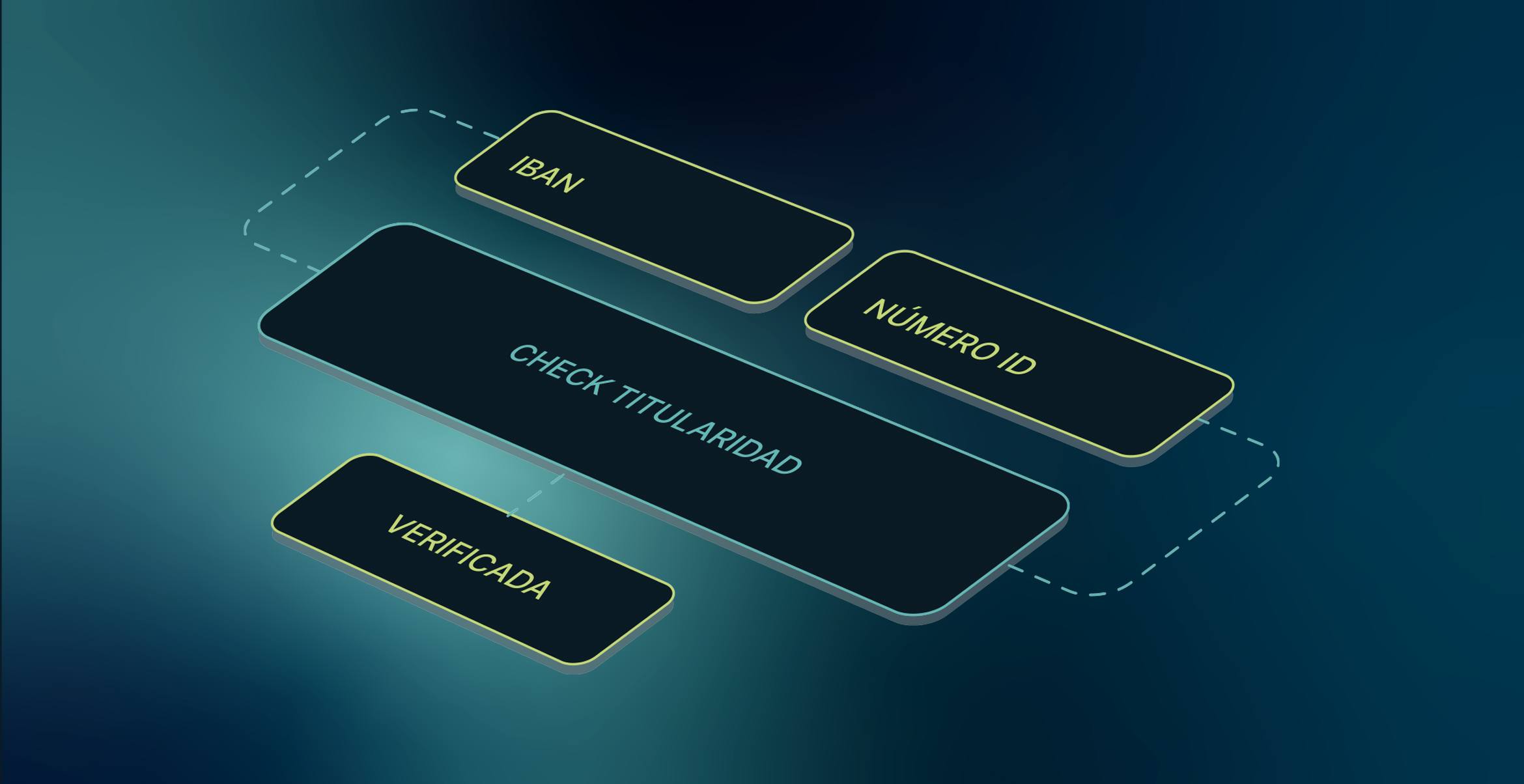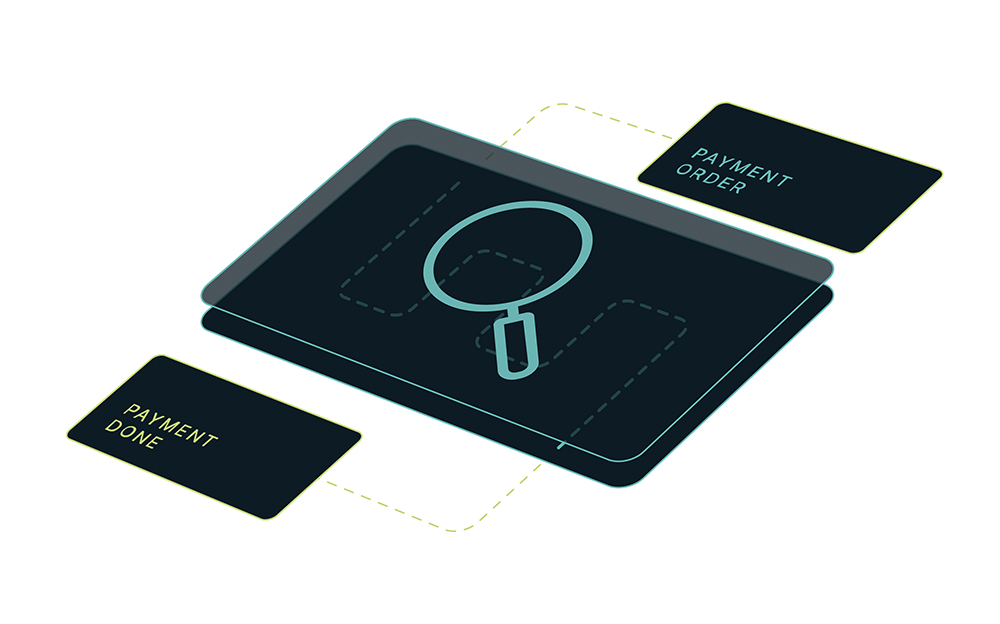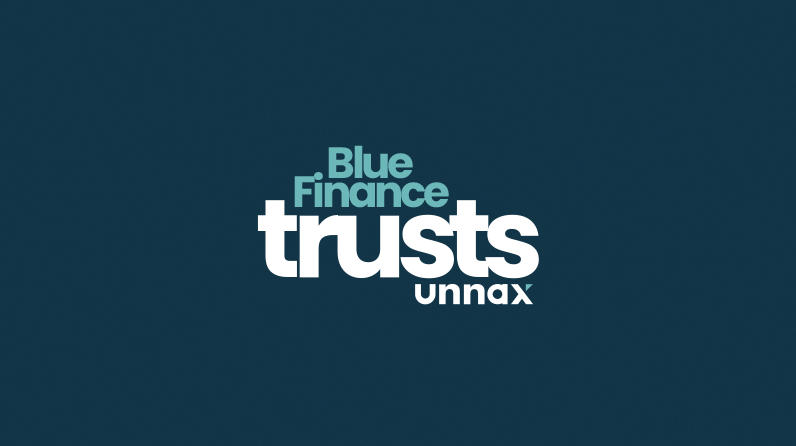In recent times, consumers have got used to making purchases in both physical spaces (neighbourhood shops, supermarkets, shopping centres) and online (on sites for establishments that also have a physical presence, ‘pure’ e-commerce sites, marketplaces like Amazon, etc.). PSD2 has opened a new paradigm for the European banking system.
What wasn’t as common (although things are starting to change) was for consumers to have alternative ways to acquire financial services. In traditional banking, clients had very few options to get these services from other companies. And between banks, the differences were often minimal.
When did things start changing for consumers like the ones in our example? When companies started appearing that use technology to not only provide financial services (some new, others part of the standard catalogue at any traditional bank), but also did so with a customer-centric approach. From here, we started down the path toward being able to choose from different financial services and ways of accessing them (like in other economic sectors). From here we also began to see a change in the European banking system that is still underway (in fact, it has only just begun).
A new directive for a new reality, road to PSD2
Regulations often lag behind new situations, and this time has been no different. PSD1, the previous EU Directive on Payment Services, anticipated the appearance of FinTech companies and created a common framework for payments and direct debits in the European Union.
This regulatory initiative was a timid opening up of the financial sector, allowing 2,000 payment and electronic-money entities to operate in what is known as the SEPA area, all on an even playing field. Soon it was clear that the evolution of financial services was opening up new fronts and opportunities that PSD1 didn’t address. This led to the idea to update the directive and started us on the road to PSD2: a regulatory framework that recognises the new situations but also pushes us towards what is known as open banking.
PSD2 and APIs: uniting for a new framework
What is the real news, in terms of approach, under PSD2? That it puts consumers at the heart of the process and, to do so, starts off by recognising them as the true owners of their data (ownership that, up to this point, anyone would have said lay with traditional banks). The new directive creates a figure (or, rather, regulates an existing figure): third party payment service providers (TPP).
These figures (which can register as account information service providers, AISPs, or payment initiation service providers, PISPs) can access, with express authorisation from the client, the details a traditional financial institution has on them, for example, to initiate a payment process. This access, in general, will be through an open-code API (application programming interface) that banks will have to make available to TTPs upon the client’s request (in real time).
APIs are also what FinTech companies use to innovate. This is, for example, what we do here at Unnax: provide our clients with APIs for financial services. The combination of this pro-open banking regulation (PSD2) and the possibilities of APIs is leading to a new type of relations between clients and financial service providers.
This, in turn, is creating a new paradigm in the European banking system. In fact, traditional financial institutions are also getting on the bandwagon of this new relationship, in which it is the client who chooses and demands (value-added services, for example). Times are changing and Unnax can help you change with them.







